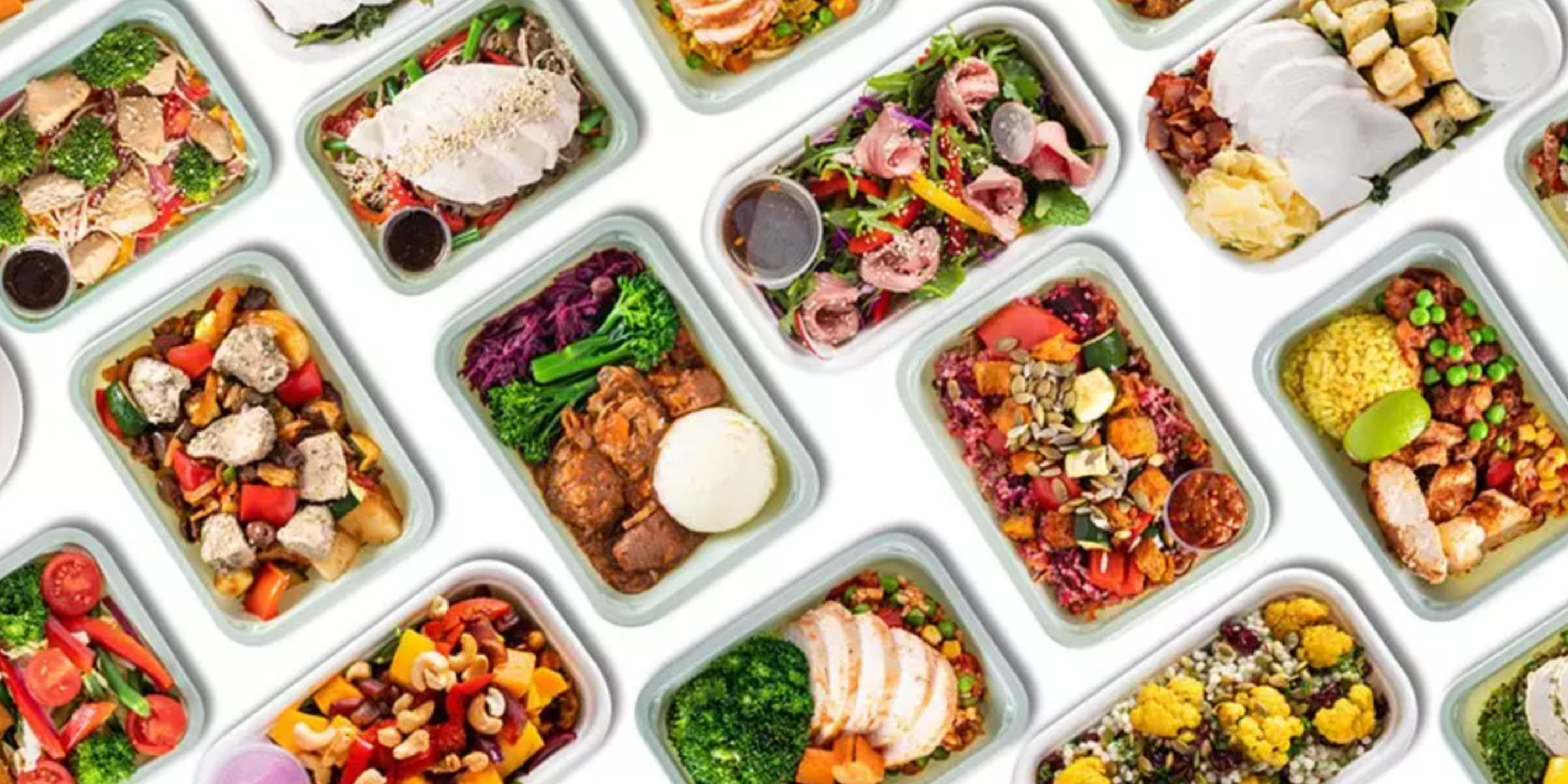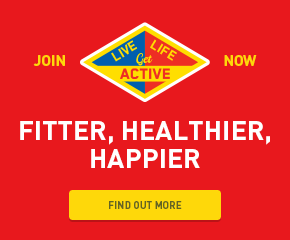5 Tips To Fall In Love With Healthy Food
Quick fixes aren’t the right way to adopt a healthier eating pattern. See below tips to change your eating style to a more positive one for the long term, to ultimately help you look and feel better.
Keep the flavours you love, but change the composition
Choose a food that you love and a create a healthier alternative. Overtime, the more regularly and consistently you choose your healthier alternative, you will start craving the original one less because your body and mind are used to feeling better. The replacement food will make you less hungry and will be more satisfying than the original version that may have very little nutrients. For example, instead of buying a takeaway Thai curry, recreate your own at home packed full of veg and opting for a high protein source and wholegrains. See this week’s recipe here for a healthier Red Chicken Curry.
Don’t be distracted
If you want to improve your eating habits, it’s good to know why you’re eating that particular healthy food in the first place and how your taste buds are reacting. Mindful eating is a practice in being aware of both your food intake and food experiences. It’s taking the time to notice and appreciate flavours, textures and sensations of your food.
Being mindful of what you’re eating is hard to develop when you’re distracted by eating in front of the TV or when on your phone. When we’re distracted, we’re more likely to eat more than we need, past the point of fullness. Increasing our mindfulness during meals, keeps us conscious of our hunger, fullness and satisfaction, that may help prevent overeating. The more often you are conscious of eating, the hunger monitoring will become like second nature.
Plan ahead, but give yourself options
If you plan ahead by making meals for the weeks, separate them into portions and grab the meal when you need. Providing yourself different options gives you freedom of choice, therefore you’re more likely to enjoy the food you’re eating because you have made a choice of what you want to eat. Also being organised, you feel you have made the choice for a healthier meal rather than having to settle for a meal that you’re not excited about or in line with your goals, just because it’s the easiest meal available.
Ditch the ‘all or nothing’ mindset
A healthy diet does not mean a perfect diet. A healthy diet is one that helps you reach your health goals. You do not have to eat super nutritious food all of the time, that is not realistic in everyday life. Having the occasional food or meal that isn’t in line with your health goals is absolutely okay. It’s how you respond after eating it that matters the most. Don’t let it interrupt your healthy eating flow or make you feel guilty for eating it. You can still get to your goals with the occasional indulgences.
Focus on nourishment, not numbers
Instead of focusing on numbers like calories and weight, focus on eating all different types of foods and getting all different types of nutrients. With each meal, try to find on your plate a protein source, a fat source (for example: avocado, extra virgin olive oil) and some fibre (for example: vegetables, wholegrains and fruit). No need to count, but just make sure all components are there. Then consider how you feel before, during and after eating. You will enjoy meals more, you’ll recognise feeling fuller, with more energy and better able to focus when you’re eating a variety of foods as you will also get the nutrition that you need too.
Overall, not putting the pressure on yourself to eat healthy 100% of the time is key to long-lasting healthy eating changes. Consistently choosing foods that make you feel good will result in you unconsciously choosing healthy foods – keeping you more full, more energised and thinking clearly!





